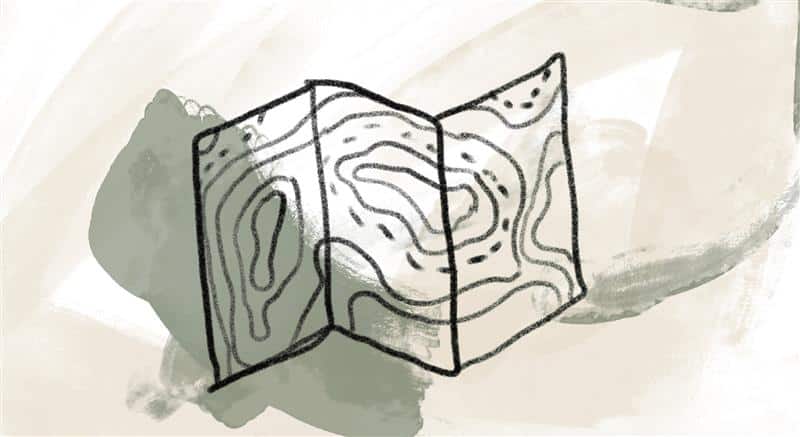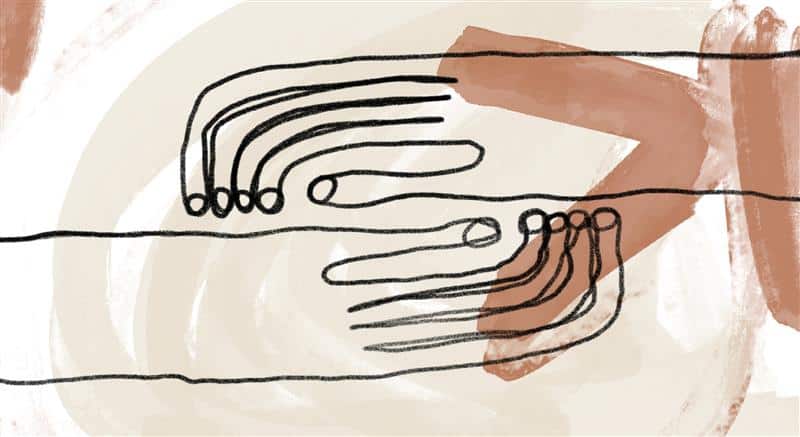
Father Richard describes how reading poetry contemplatively can be a sacred practice:
Great art and great myth try to evoke an epiphany in us. They want to give us an inherent and original sense of the holy. They make us want to kneel and kiss the ground. Robert Frost said, “A poem begins with a lump in the throat; a home-sickness or a love-sickness.” [1] If a poem doesn’t give us a lump in the throat, is it really great poetry? My final theological conclusion is that there’s only one world and that it’s all sacred. However, we have to be prepared to know what we’re saying when we say that. If we say too glibly that the trees are sacred, along with our dog, a friend, and the roses, then we don’t really believe it. We first need to experience “a lump in the throat” to have encountered the sacred. The sacred is something that inspires awe and wonder, something that makes us cry, something that gives us the lump in the throat. We must first encounter the sacred in the concrete and kneel before it there, because we can’t start with the universal.
Poets are masters of the concrete. They first pull us into a single similarity between an animal, an object in nature, or an event, before they shock us with the dissimilarity. Then, they leave us there to make the connection between the concrete and the universal. When we make that connection, there’s suddenly a great leap of meaning, an understanding that it’s one world. The very word “metaphor,” which comes from two Greek words, means to “carry across.” A good metaphor carries us across, and we don’t even know how it’s occurred. Here are a few lines from Mary Oliver’s poem “Have You Ever Tried to Enter the Long Black Branches”:
Have you ever tried to enter the long black branches
of other lives
tried to imagine what the crisp fringes, full of honey,
hanging
from the branches of the young locust trees, in early summer,
feel like? …
Who can open the door who does not reach for the latch?
Who can travel the miles who does not put one foot
in front of the other, all attentive to what presents itself
continually?
Who will behold the inner chamber who has not observed
with admiration, even with rapture, the outer stone?
Well, there is time left –
fields everywhere invite you into them.
When reading poetry like this, we have to release ourselves and we have to have time to do it. If we’re reading a poem too quickly, between two urgent meetings or other hurried spaces, we probably won’t get it, because we don’t have time to release ourselves. We need quiet, solitude, and open space to read poetry at greater depth. Then and only then do poems work their magic.
References:
[1] Robert Frost, “Some Definitions,” in Collected Poems, Prose, and Plays (New York: Library of America, 1995), 701.
[2] Mary Oliver, from “Have You Ever Tried to Enter the Long Black Branches?” from West Wind (c) 1997 by Mary Oliver. Used by permission of HarperCollins Publishers.
Adapted from Richard Rohr, “Art and Spiritual Transformation,” Lunch and Learn Series, presentation to CAC staff, May 20, 2015.
Image credit: Benjamin Yazza, Untitled (detail), New Mexico, 2023, photo, used with permission. Click here to enlarge image. What draws us when we gaze on an image? Here we see movement, flow, and artistry in natural wood.
Story from Our Community:
I read today’s Daily Meditation while waiting for a medical appointment in my car. I thought I’d experiment with seeing the world in a new way. In my rearview mirror, I saw the shadow of waving tree branches on a tree trunk. It looked like a big puffy beard and an unkempt mass of hair blowing around an otherwise bald head. God made me laugh with the artwork composed by the sun, the breeze, and two trees. —Mary P.




